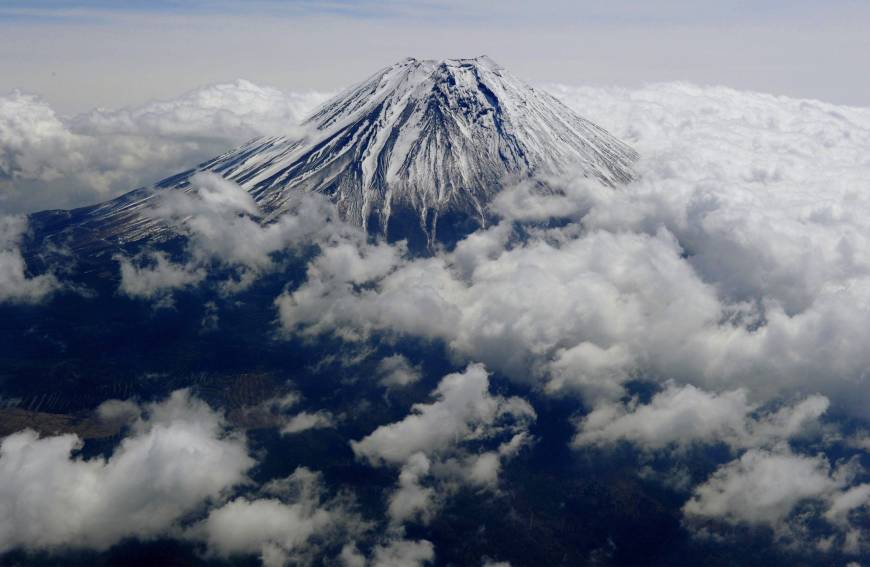I travelled regularly for work for about 4 years in the middle of the last decade. Every other week I started a day at the airport and flew out for shorter or longer periods and shorter or longer distances. Most of the time, I did not have a colleague or acquaintance with me.
I enjoy flying, I admire the planes and the humankind that created this technological masterpiece. Today, I admire the effort for innovation in sustainable mobility, including aviation. I trust we are not far away.
During my longer trips, I made many new acquaintances, such as businesspeople from all over the world, but I also talked to a young American missionary lady on the Budapest-New York flight.
Somehow up there, at an altitude of 10,000 meters and a thousand kilometres from home, everything becomes so easy, to smile at and address the person sitting next to you, even to discuss life issues, work, or relationship problems. These occasions were reminiscent of the times when I was a student and travelled by train or hitchhiking. Those days I was also ready to discuss important topics with my fellow passengers.
The awareness that we will not meet again and will be no consequences of opening our heart is indeed liberating and inspiring. We do need others in our lives, to listen to others and to be heard without judgment. And the truth for me is that we are capable of this, we just simply need to trust the other and push our fears into the background. Listening to and talking with another person on the train or plane is worth a coaching session.
During long 10–12-hour flights, I usually also spent quite a few hours reading or simply relaxing or sleeping.
I do not know exactly how and when, it just simply happened. I sat on the plane, closed my eyes, and saw my situation and problems completely differently. It was just as if I had seen myself from the outside. The farther the plane went from Budapest, the clearer the picture became.
I started to see a different angle of the difficulties that were just taking place in a friendship. I felt like all the disturbing feelings, disappointments had disappeared, and I recognised gradually what would happen if I continued to communicate with my friend on the same way. I could clearly see that if I did not change my attitude, I would lose my friendship and I also saw exactly what I needed to do to keep what is important.
It also became clear that it is my responsibility to act, to make the first step and I could not wait any longer. It was a fascinating recognition and inspiring experience, and it evolved into shape so clearly and elementally that I had never experienced before.
From this occasion onwards, I had a similar experience on every longer journey. I accepted and honoured these experiences, trusted them, and followed with actions planned during the flight.
When I look down on the Sahara or the lights of Isfahan from a height of 10,000 meters, daily aching problems shrink, they get a different weight. Partly because seeing our wonderful world from such a distance is so powerful that everything else is becoming less important, and partly because I am still far away in space and time to return to them. And when I was on my way home from a longer journey, gratitude and joy guided me to be home again, I could see my loved ones and thereby felt the strength to turn my thoughts into action.
How great it would be if you did not have to travel far for this experience and recognition. Spatial or temporal distance from a problem can be simulated in a virtual sense, too by using appropriate coaching techniques. Martin Wehrle in his book “The 100 Best Coaching Practices” describes this technique as a journey through space and time.
It is a goal-setting exercise in which we can look at ourselves from a distance, and spatial distance also results in a thinking distance. It allows leaving behind emotions, fears and details that hinder our progress, the setting and understanding of our goals.
Wehrle suggests the following questions to induce thinking distance:
How would you see your problem if…
- as an astronaut, you would face it in outer space
- would arise during your vacation on the beach
- you would meet it as a world traveller in Australia, on the other side of the World?
In addition, I bring in my own life experience into the coaching process. The following questions helps in directing my clients’ attention on their goal opportunities and on looking at their own current situation from a different, possibly liberating perspective:
- Imagine you had to travel to a distant country and had not seen your loved ones for a week. Describe where you are, what you are doing and how do you feel. Looking back from here, what would you best appreciate from your situation a week ago?
- And now imagine you have been there for a month.
- And now imagine that it has been a year.
It is important that the client truly immerses him or herself in the spatial and gradually increasing time distance so that he or she can let go of the less crucial details, the problems, constraints of the present, and appreciate everything that is important to him or her.
This way one can easily reach a travel altitude of 10,000 meters and when sees Mount Fuji shining in the sunlight already knows exactly what he or she wants to achieve and what the first step will be towards the goal.





